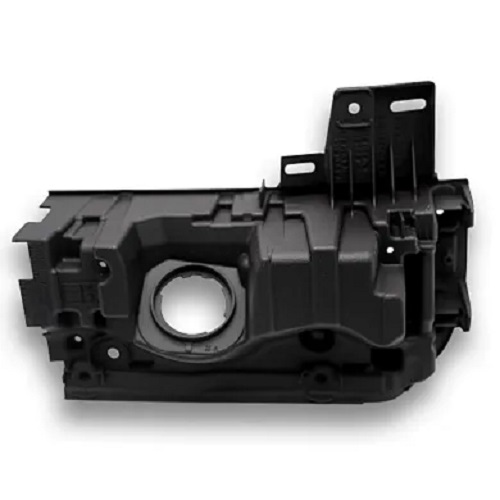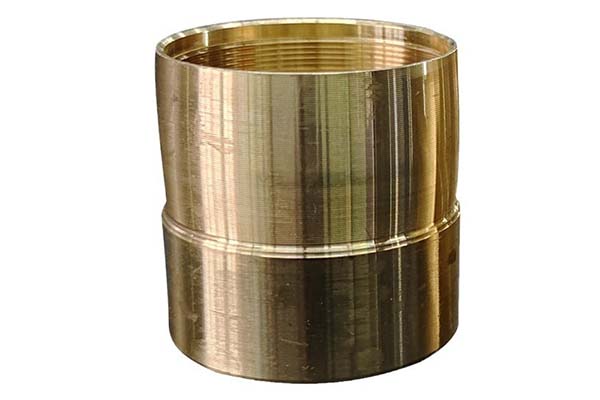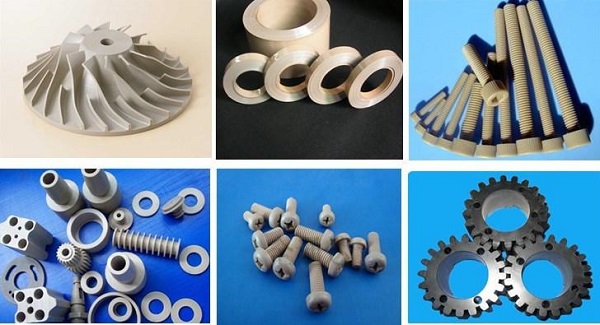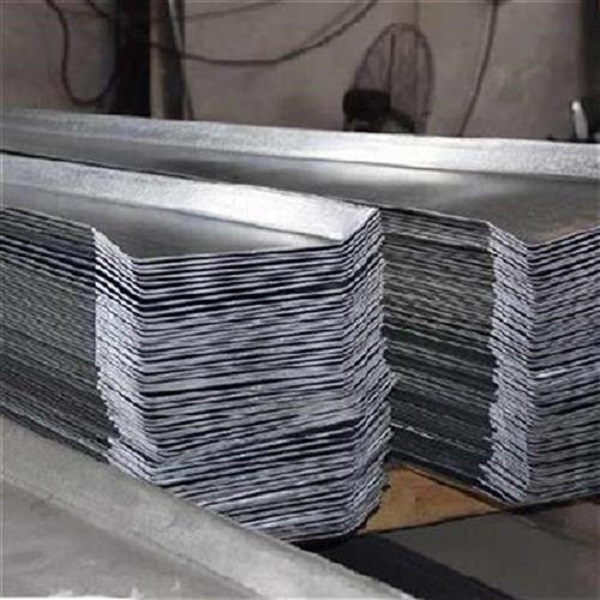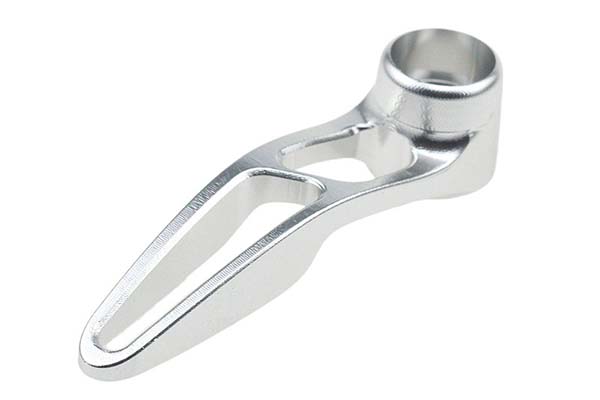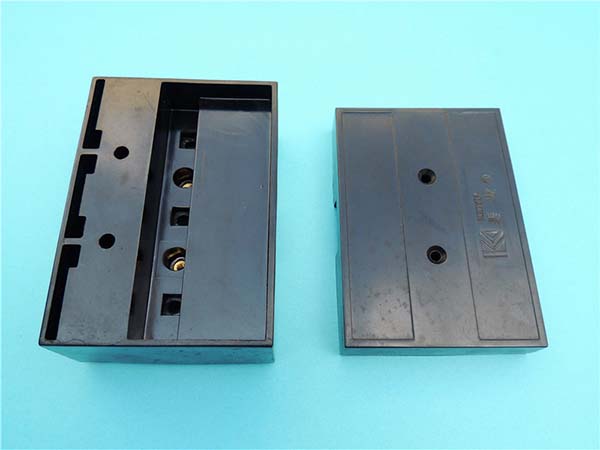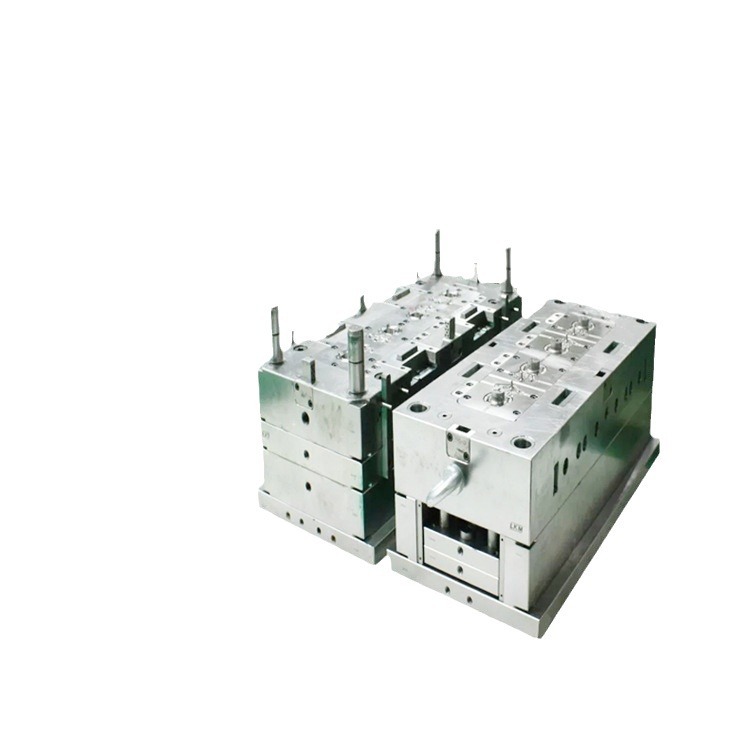You’ve loaded flexible resin into your printer, eager to create parts that bend, stretch, and bounce back—perfect for grips, gaskets, or soft robotics. But your prints are a letdown: the material feels stiff instead of rubbery, cracks when stretched, or loses its shape after a few uses. Maybe the surface is sticky, or the supports are so rigid they tear the flexible part when removed. Worse, your “elastic” prototype stretches once and never returns to its original form, rendering it useless for its intended purpose.
Flexible resin, with its rubber-like properties, is a game-changer for parts that need to bend, compress, or absorb impacts. But its unique material characteristics—from its elasticity to its curing behavior—demand a different approach than standard or tough resin. Success requires understanding how its formulation delivers flexibility, mastering 3D printing techniques to avoid brittleness, and knowing how to test its performance and behavior under real-world stress. In this guide, we’ll demystify 3D printing flexible resin, helping you create parts that are both precise and genuinely elastic.
Material Characteristics: The Science of Flexibility
Flexible resin stands out from other photopolymers thanks to its specialized material characteristics, which mimic rubber’s stretch and recovery while retaining resin’s high detail:
- Elasticity and strength: At its core, flexible resin delivers elasticity—the ability to stretch and return to shape—with elongation at break ranging from 100-500% (depending on the grade). This far exceeds tough resin (20-50%) and even some thermoplastic elastomers like TPU. Its tensile strength is moderate (20-40 MPa), but its tear resistance is critical—resisting rips when stretched, a must for parts like gaskets or grips. Shore hardness varies widely, from 30A (very soft, like a stress ball) to 80A (firmer, like a shoe sole), allowing customization for specific applications.
- Durability traits: Flexible resin offers flexural modulus (stiffness) as low as 10 MPa (for soft grades), ensuring it bends easily without permanent deformation. Its thermal stability is sufficient for most applications, with continuous use temperatures of 40-60°C (avoiding prolonged exposure to 80°C+ to prevent hardening). Chemical resistance is limited—strong solvents can swell or degrade it, but it resists water, oils, and mild detergents, making it suitable for consumer product grips or automotive interiors.
- Formulation details: Flexible resin’s material formulation includes rubber-based oligomers (like polyether urethanes) and plasticizers that enable its stretchy behavior. Its viscosity (1000-3000 cP) is higher than standard resin, requiring careful handling to avoid air bubbles, but its curing mechanism is similar—polymerizing under 385-405 nm UV light. However, its curing is more sensitive to over-exposure, which can reduce elasticity, making precise exposure time critical.
3D Printing Techniques: Tuning for Elasticity
Flexible resin works with SLA, DLP, and material jetting printers, but the 3D printing techniques must be adjusted to preserve its flexibility:
- Printer settings: Start with a layer thickness of 0.05-0.15 mm—thicker layers (0.1-0.15 mm) improve interlayer bonding, reducing tearing when stretched. Exposure time is critical: 10-25 seconds per layer (longer than standard resin but shorter than tough resin). Over-exposure (too long or too intense UV) cross-links the molecules excessively, making the resin stiff and brittle. UV wavelength should match the resin’s specs (typically 405 nm) to ensure uniform curing without over-hardening.
- Platform and support: The build platform must be clean but not overly adhesive—flexible resin can bond too strongly, causing parts to tear when removed. Use a release agent (like PVA spray) or reduce bed adhesion settings if available. Support structures need to be flexible themselves—thin, cone-shaped supports with small tips (0.1-0.2 mm) minimize damage during removal. Avoid dense support networks, which can compress the flexible part and leave permanent marks.
- Slicing and orientation: Slicing software compatibility is broad (Chitubox, Lychee Slicer work well), but enable “flexible resin” profiles to adjust layer curing and support density. Print orientation matters: align the part’s primary stretch direction with the layer lines (e.g., print a wristband horizontally) to maximize elastic recovery. Infill density isn’t applicable (it prints solid), but surface finish optimization may require disabling anti-aliasing—over-smoothing can create a rigid outer layer that limits flexibility.
Applications: Where Flexible Resin Excels
Flexible resin’s unique blend of elasticity and detail makes it indispensable in these applications:
- Soft robotics and wearables: Soft robotics relies on flexible resin for grippers, actuators, and hinges that can interact safely with humans or delicate objects. Its ability to bend and recover makes it ideal for robot fingers that pick up fragile items. Wearable technology—from fitness tracker bands to custom braces—benefits from its comfort and skin-friendly properties (in medical grades), conforming to the body without irritation.
- Medical and prosthetic uses: In healthcare, flexible resin creates prosthetics liners that cushion limbs, medical devices like tourniquets or pressure sensors, and surgical training models that mimic tissue elasticity. Its biocompatibility (in specialized grades) ensures it’s safe for skin contact, while its impact absorption protects sensitive areas. Customized footwear insoles, tailored to a user’s foot shape, use flexible resin to provide targeted support and cushioning.
- Consumer and industrial parts: Seals and gaskets printed in flexible resin create tight, durable seals for containers or machinery, outperforming rigid plastics. Consumer product grips (tool handles, remote controls) gain improved ergonomics and slip resistance. In automotive interiors, it’s used for dashboard padding, door seals, or cup holder liners that absorb vibrations and prevent rattling. Even toys and sports equipment (like custom mouthguards) benefit from its shock-absorbing properties.
Performance and Behavior: Testing Elasticity
Flexible resin’s performance and behavior must be verified to ensure it meets the demands of its application:
- Mechanical testing: Beyond visual inspection, test elastic recovery by stretching a sample to 100% of its length, holding it for 10 seconds, then releasing—good flexible resin should return to within 5-10% of its original length. Test compression resistance by squeezing a part (e.g., a gasket) and checking for permanent deformation—less than 5% after 24 hours is ideal. For impact absorption, drop a weighted object onto the part and verify it doesn’t crack or tear.
- Environmental stability: Flexible resin’s dimensional stability under stress is critical—parts like seals and gaskets must maintain their shape to function. Test thermal expansion by heating samples to 60°C and checking for warping—minimal change (±0.5%) ensures they fit in assemblies. Chemical exposure testing with common substances (water, soap, oil) should show no swelling or hardening, though prolonged UV exposure can cause gradual stiffening—use UV-stabilized grades for outdoor parts.
- Long-term durability: Track life-cycle performance by cycling parts through repeated use—e.g., stretching a grip 1000 times or compressing a gasket daily. Look for signs of fatigue, like reduced elasticity or cracking. Surface durability is another factor—flexible resin can pick up dirt, but a light coating (like silicone spray) can improve resistance to staining and wear.
Post-Processing and Finishing: Preserving Flexibility
Flexible resin’s post-processing requires care to avoid damaging its elastic properties:
- Support removal and cleaning: Remove supports gently with tweezers or a craft knife—aggressive cutting can tear the flexible material. Sand support nubs with 400-600 grit sandpaper, using light pressure to avoid compressing the resin. Clean parts in IPA for 5-10 minutes (shorter than standard resin) to remove uncured material—prolonged soaking can swell the resin, affecting its elasticity.
- Post-curing: UV post-curing is critical but must be precise—over-curing hardens flexible resin, reducing its elasticity. Cure for 5-15 minutes (half the time of tough resin) in a 40-50°C station (lower temperature than other resins). Test a small sample first—if it feels stiffer than expected, reduce curing time by 2-3 minutes. Some grades benefit from air-drying for 24 hours after curing to stabilize their properties.
- Finishing touches: Painting flexible resin is possible but requires flexible paints (like acrylic latex) to avoid cracking when stretched. Avoid rigid primers or enamels, which will peel. Coating with a clear silicone spray can improve environmental resistance and reduce stickiness (common in very soft grades). Assembly with adhesives works—use flexible glues (like cyanoacrylate with rubber additives) that bond without stiffening the joint.
Yigu Technology’s Perspective: Flexibility with Precision
At Yigu Technology, flexible resin is our go-to for parts that need to bend, stretch, or cushion. We’ve found it transformative for soft robotics and wearable technology, where precision and elasticity are equally critical. Our team optimizes print parameters—shorter exposure times, flexible supports—to preserve elasticity, and we test Shore hardness and elongation at break for every batch. Whether it’s a custom prosthetic liner or a durable seal, we ensure the final part matches the design’s flexibility requirements. Flexible resin isn’t just about being soft—it’s about controlled elasticity, and our expertise ensures that every print delivers on that promise.
Frequently Asked Questions (FAQ)
- Why is my flexible resin print too stiff or brittle?
Over-curing is the most common cause—reduce UV post-curing time by 5-10 minutes or lower the curing station temperature to 40°C. If the print is stiff right out of the printer, shorten layer exposure time by 10-20% (e.g., from 15s to 12s). Using a resin with a lower Shore hardness (30A-50A) instead of 70A-80A will also increase flexibility.
- How does flexible resin compare to TPU in elasticity?
Flexible resin offers finer detail than FDM-printed TPU but slightly lower elongation at break (max 500% vs. TPU’s 600%). It cures faster than TPU prints and doesn’t require heated chambers, but it’s less resistant to high temperatures (TPU handles 80-100°C vs. flexible resin’s 40-60°C). For small, detailed parts (like jewelry clasps), flexible resin is better; for large, heat-exposed parts (like gaskets), TPU may be more suitable.
- Can flexible resin be used for parts that need to be repeatedly compressed?
Yes, but choose a grade with high compression resistance (look for “high-rebound” in specs). Test by compressing the part to 50% of its thickness, releasing, and repeating 100 times—good flexible resin should show less than 10% permanent deformation. Avoid very soft grades (30A-40A) for heavy compression; opt for 50A-70A, which balance elasticity and durability.
